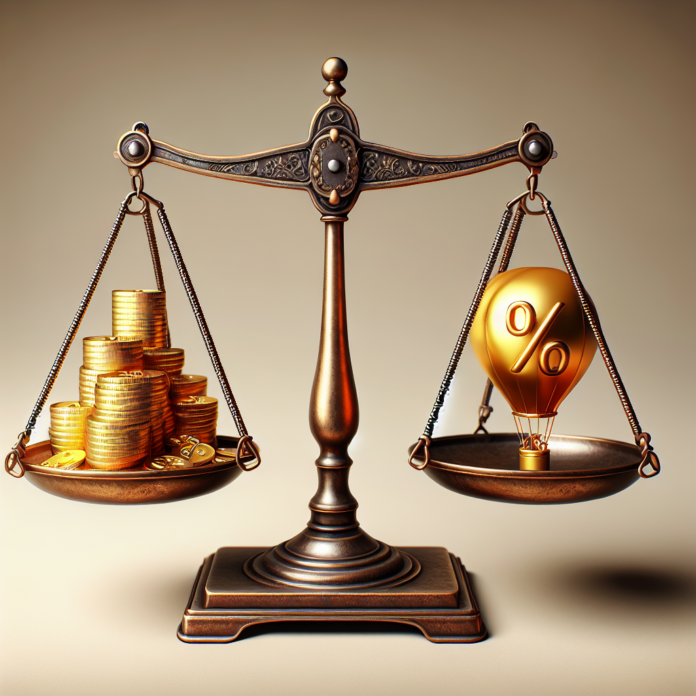Inflation and interest rates are closely linked in the economy, each influencing the other in a dynamic interplay that impacts everything from personal savings to the global markets. Understanding this relationship is crucial for investors, consumers, and businesses alike, as it can inform better decision-making in various financial contexts. This article delves into how inflation and interest rates interact and what this means for you.
Inflation: The Rising Tide of Prices
Inflation is the rate at which the general level of prices for goods and services rises, eroding purchasing power over time. It’s measured by indices like the Consumer Price Index (CPI), which tracks changes in the price of a basket of goods and services typically consumed by households. Inflation can be influenced by factors such as supply and demand dynamics, monetary policy, and external shocks to the economy.
Interest Rates: The Cost of Money
Interest rates, on the other hand, represent the cost of borrowing money. They are the mechanism through which central banks, such as the Federal Reserve in the United States, implement monetary policy to control economic growth. By adjusting interest rates, central banks can either encourage borrowing and spending (expansionary policy) or discourage it (contractionary policy), thus influencing economic activity. Understanding Central Banks
The Relationship Between Inflation and Interest Rates
Central banks aim to maintain inflation at a target rate—usually around 2% in many developed economies—to ensure price stability and foster conducive conditions for sustainable economic growth. When inflation rises above the target, central banks may increase interest rates to cool off the economy. Higher interest rates make borrowing more expensive, which can reduce spending and slow inflation.
Conversely, when inflation is below the target, indicating a potential slowdown in economic activity, central banks may lower interest rates to stimulate borrowing, spending, and investment. Lower interest rates make loans cheaper, which can encourage economic growth but also risk higher inflation if the economy overheats.
The Impact on Consumers and Investors
For consumers, rising interest rates can lead to higher mortgage and loan costs, while savers may benefit from improved returns on savings accounts and fixed-income investments. For investors, higher interest rates often mean higher borrowing costs and lower profitability for businesses, which can affect stock prices. The yield on bonds typically increases with interest rates, making them more attractive to investors. Resources such as Bankrate provide up-to-date information on interest rates and financial products to help consumers and investors navigate these changes.
Strategizing for Inflation and Interest Rate Movements
To hedge against inflation and interest rate fluctuations, diversification is key. Including a mix of asset classes—such as stocks, bonds, real estate, and commodities—can help balance the risks. Additionally, investing in instruments like Treasury Inflation-Protected Securities (TIPS) can offer protection against inflation. Investor.gov is a valuable resource for learning about different investment strategies and products suitable for various market conditions.
In conclusion, the dynamic relationship between inflation and interest rates shapes the economic landscape and influences financial decisions. By comprehending this relationship, you can make informed choices about spending, saving, and investing to safeguard your financial well-being in any economic environment. It’s vital to stay educated on economic trends and adjust your strategies accordingly as the central banks navigate the delicate balance of promoting growth while containing inflation.




 AGF-B.CO
AGF-B.CO